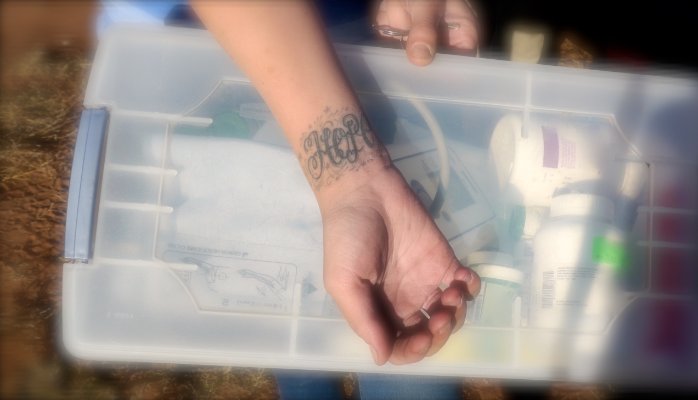Becoming patient-centric: the case for a humanistic approach to patient insight-mining

While patient-centricity is at the top of the agenda of most Life Science organizations, there is an urgent need for commercial teams to evolve their market research practices to cultivate a richer understanding of patients. But how do we cultivate this depth of insight, asks Gregg Fisher and Anthony Alvarez of The Stem.
Life Sciences companies can learn much from his emphasis on patient-centric inquiry – viewing patients from within the context of their personal lived experiences, delving into patient stories to understand how they got to be where they are and how they plan to move forward into the future.
Such understanding requires an intimate picture of the “patient journey,†and must encompass the physical, emotional and social course people take through time and place, including a patient’s experience at different touch-points in the healthcare system. Only this robust level understanding will shed light on why patients behave as they do, where they need the greatest help, and how to offer that help in ways that will connect and overcome the barriers that exist.
There is room for a variety of insight techniques to understand the patient journey. But one of the most powerful, yet under-used, is ethnography. Contrary to the way some people think about it, ethnography is not just interviewing patients at home (or doctors in their offices). Ethnography is a way of observing people and understanding them using a holistic perspective.



